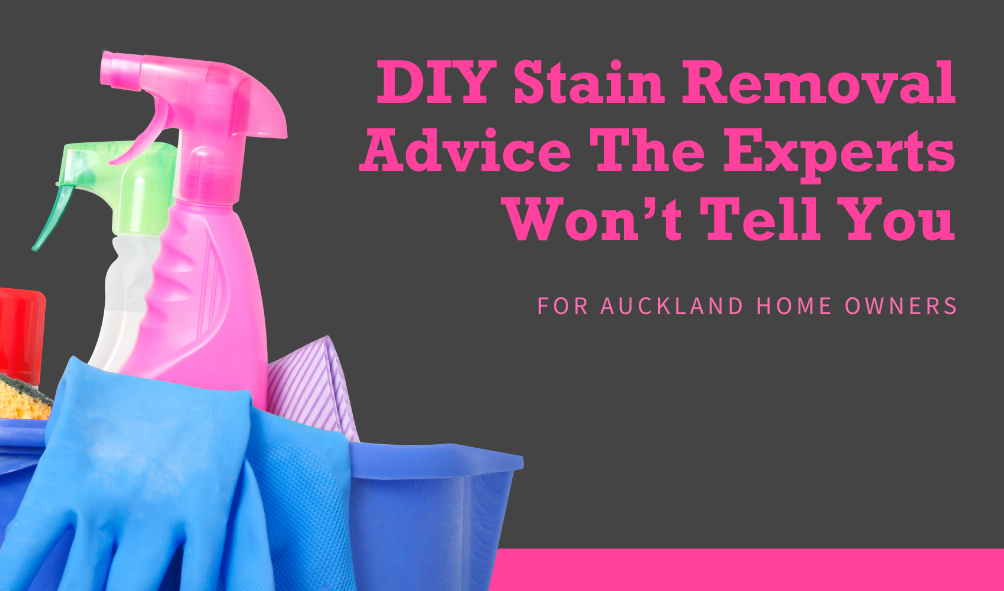Avoiding DIY Carpet Cleaning Disasters: Tips for Safe and Effective Home Stain Removal
Carpets can make a home feel cozy, but spills and stains are inevitable. While professional cleaning is often the safest bet, many people opt for DIY methods to save time and money. However, DIY carpet cleaning can sometimes lead to bigger problems if not done correctly. In this post, we’ll explore common pitfalls, how to handle mishaps, and best practices to help you tackle stains effectively at home—or know when to step back and seek expert help.
Why DIY Carpet Cleaning Can Go Wrong
It’s easy to underestimate the complexity of carpet cleaning. Household items might seem like quick fixes, but they can cause unintended damage. Here are some frequent issues:
- Using the wrong products: Harsh chemicals like bleach, dish soap, or vinegar can permanently set stains, discolor fibers, or weaken the carpet material.
- Over-wetting the area: Applying too much water or solution can lead to mold growth, mildew, or “wicking,” where the stain reappears as the carpet dries.
- Scrubbing too aggressively: Vigorous rubbing can fray carpet fibers, spread the stain, or push dirt deeper into the backing.
Understanding these risks is the first step to avoiding them. If a DIY attempt has already gone awry, don’t panic—there are ways to mitigate the damage.
What to Do If Your DIY Attempt Fails
If you’ve tried cleaning a stain and things aren’t improving (or are getting worse), stop and take these steps to prevent further issues:
- Blot, don’t scrub: Gently dab excess liquid with a clean, white towel or cloth. Rubbing can make the stain worse by grinding it in.
- Scrape up solids: For thicker spills like food or mud, use a spoon or dull knife to carefully lift away as much as possible without pressing down.
- Use water sparingly: If needed, blot with a slightly damp cloth, but avoid soaking the carpet, as this can complicate drying and lead to secondary problems.
- Avoid additional chemicals: Household cleaners might react poorly with what’s already there. Stick to plain water until you can reassess or get professional advice.
These actions can buy you time and limit the spread of the problem while you decide on next steps.
How to Do DIY Carpet Cleaning Properly
To increase your chances of success with DIY methods, follow these guidelines for safe and effective stain removal:
- Test in a hidden spot: Before applying any cleaner, test it on an inconspicuous area of the carpet to check for color fading or damage.
- Choose the right tools and products: Opt for carpet-specific cleaners or mild solutions like a mix of water and white vinegar (1:1 ratio) for general stains. Avoid bleach or ammonia-based products.
- Blot from the outside in: Work from the edges of the stain toward the center to prevent spreading. Use clean cloths and change them frequently.
- Dry thoroughly: After treating, use fans or open windows to speed up drying. Avoid walking on the area until it’s completely dry to prevent re-soiling.
- Know your stain type: Different stains require different approaches—for example, blot water-based stains (like coffee) immediately, while oil-based ones (like grease) may need a dry solvent first.
Remember, fresh stains are easier to remove, so act quickly. If the stain is old, set-in, or from something like red wine or pet urine, DIY might not be enough, and professional tools could be necessary.
What If the Stain Reappears?
Sometimes, even after successful treatment, stains can “wick” back up from the carpet padding as it dries. If this happens:
- Re-treat the area gently using the blotting method.
- Ensure complete drying to break the cycle.
- For persistent issues, consider underlying causes like deep-set dirt or padding damage, which may require deeper cleaning beyond basic DIY.
In cases of recurring stains, it might be wise to consult a professional to assess if there’s more extensive damage.
When to Avoid DIY Altogether
While DIY can work for minor spots, certain situations call for skipping it:
- Large or multiple stains: These often need even cleaning to avoid patchy results.
- Delicate carpets: Wool, silk, or antique rugs can be ruined by improper handling.
- Health concerns: Allergens, mold, or pet-related issues benefit from thorough, sanitized cleaning.
- Unknown stains: If you’re unsure of the source, wrong treatments can make it permanent.
Prioritizing prevention—like using rugs in high-traffic areas or immediate blotting of spills—can reduce the need for cleaning altogether.
Final Thoughts: Keep Your Carpets Clean and Safe
DIY carpet cleaning can be a great way to maintain your home, but approaching it with caution and knowledge is key to avoiding costly mistakes. By understanding common errors and following proper techniques, you can handle many stains yourself. However, if in doubt, reaching out to a professional service ensures your carpets stay in top shape without the risk. Happy cleaning—may your floors stay spotless!
